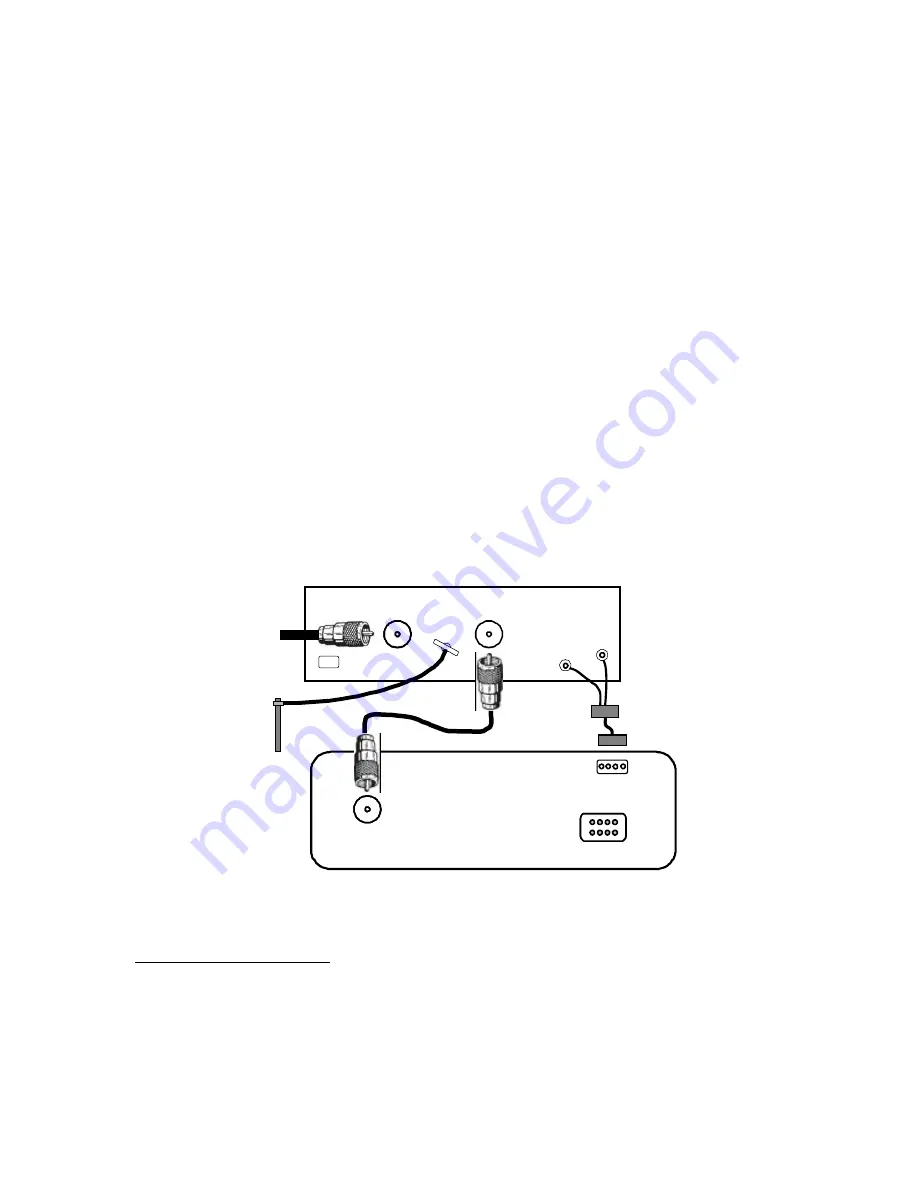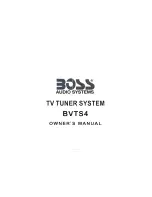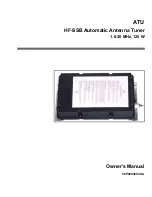
Your AT-100Pro can interface directly with many popular transceivers. For Icom radios, it will
enable their “Tune” button to start a tuning cycle and provide power to the tuner.
For Icom radios that are AH-3 or AH-4 compatible, connect the white molex connector into the
radio’s tuner port. The power and radio plugs then connect to the tuner. The tuning process can
start by either pressing the tune button on the tuner or the radio.
For Yaesu FT-897 and 857, use the Y-ACC cable and plug the red end marked “Radio” into the
radio’s ACC port. Connect the black end marked “Tuner” into the tuner’s interface jack. The radio
does not supply power to the tuner. The tune button on the tuner is used for starting the tune
process.
If you are not using an interface cable to a radio capable of powering the tuner, connect your Z-
11Pro to a source of DC power capable of providing 8 – 16 volts DC at 300 mA, using the
provided 2.5x5.5mm coaxial cable (center positive). If your radio is powered by 12 VDC, you
can use the same power supply for the Z-11Pro, providing the power supply can source the extra
300 mA required by the tuner during a tuning cycle. Note that the Yaesu interface cable does not
power the radio.
Grounding your tuner will enhance its performance and safety. LDG recommends that you
connect your tuner to a suitable ground; a dedicated ground rod connected to buried radials is
preferred, but a single ground rod or a cold water pipe can provide a serviceable ground. LDG
strongly recommends that you use a properly installed, high quality lightning arrestor on all
antenna cables.
TX
Ant
Power
Radio
Transceiver
Rear Panel
(Typical)
Tuner
P t
Interface
Cable
To Antenna
Ground Post
Antenna
DC Power
LDG
Electronics
Z-11Pro Tuner
Ground
Installing An Internal Battery
Your Z-11Pro uses so little power it will run off many configurations of batteries, providing
portable operation independent of AC power supplies. You can plug your Z-11Pro into an
external battery pack, but even better, you can install a battery
inside
your Z-11Pro, making it
self-powered! Adapting your Z-11Pro to battery power involves only a few minor modifications.
7





































